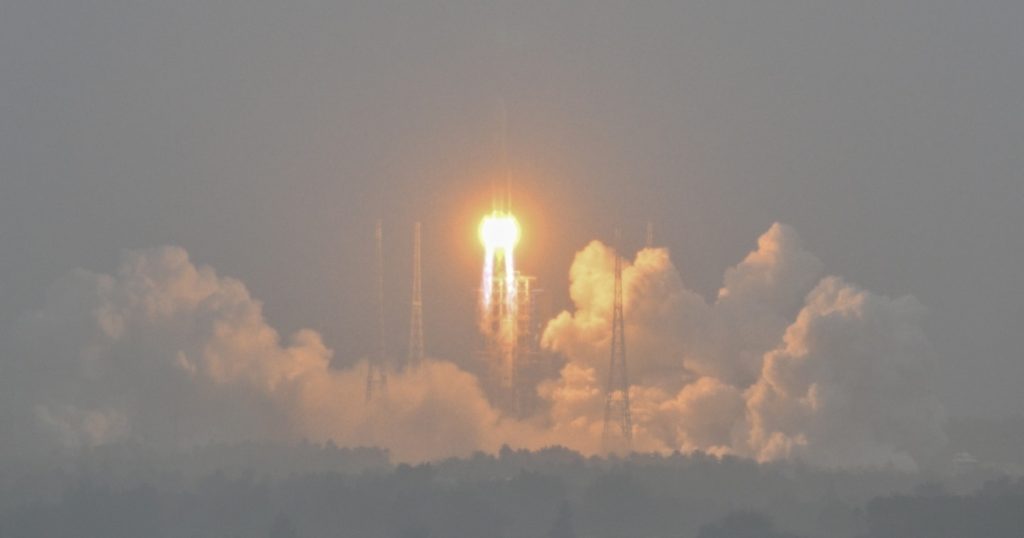A Chinese spacecraft successfully landed on the far side of the moon in order to collect soil and rock samples that could provide valuable insights into the differences between this less-explored region and the more well-known near side. This landing is part of the Chang’e moon exploration program, which is China’s moon mission program named after a Chinese moon goddess. This mission marks the second attempt to bring back samples, following the successful Chang’e 5 mission on the near side in 2020. The China National Space Administration announced that the landing module touched down at 6:23 a.m. Beijing time in the South Pole-Aitken Basin, a large crater on the moon’s far side.
China’s moon exploration program is part of a broader competition with countries such as the United States, Japan, and India, who are also actively engaged in space exploration efforts. China has been making significant strides in its space program, including putting its own space station in orbit and regularly sending crews there. The goal of the Chinese space agency is to land a person on the moon before 2030, which would make it the second nation, after the United States, to achieve this feat. Meanwhile, NASA’s plans to send astronauts back to the moon have faced delays, with the target date pushed back to 2026 earlier this year. U.S. efforts to utilize private sector rockets for spacecraft launches have also encountered setbacks, as seen with the postponement of Boeing’s first astronaut flight due to computer issues.
The current Chinese mission involves the use of a lander equipped with a mechanical arm and drill to gather up to 4.4 pounds of surface and underground material over a two-day period. An ascender located on top of the lander will then transport the samples in a metal vacuum container to another module orbiting the moon. The samples will ultimately be transferred to a re-entry capsule that is set to return to Earth in China’s Inner Mongolia region around June 25. Missions to the far side of the moon present unique challenges, as they require a relay satellite to maintain communication since the far side does not directly face Earth. The rugged terrain of the far side, with fewer flat areas for landing, adds another layer of difficulty to the mission.
China’s lunar exploration efforts represent a significant advancement in the country’s space program and its ambitions to become a major player in the global space exploration arena. The successful landing on the moon’s far side and the collection of samples demonstrate China’s growing capabilities in space exploration and technology. As China continues to make progress in its space missions, it is increasingly positioning itself as a key player in space exploration alongside traditionally dominant countries like the United States. With plans to put a person on the moon and further explore the lunar surface, China’s space program is on track to achieve significant milestones in the coming years.
The competition and collaboration between countries in space exploration highlight the growing importance of space exploration as a global endeavor. As countries like China and the United States push forward with their ambitious missions to the moon and beyond, there is potential for advancements in technology, scientific discoveries, and international cooperation. While setbacks and delays are common in the complex world of space exploration, the determination and innovation of these nations are driving progress in the exploration of the cosmos. With ongoing developments in technology and increased interest in space exploration, the future holds exciting possibilities for further discoveries and achievements in space.


